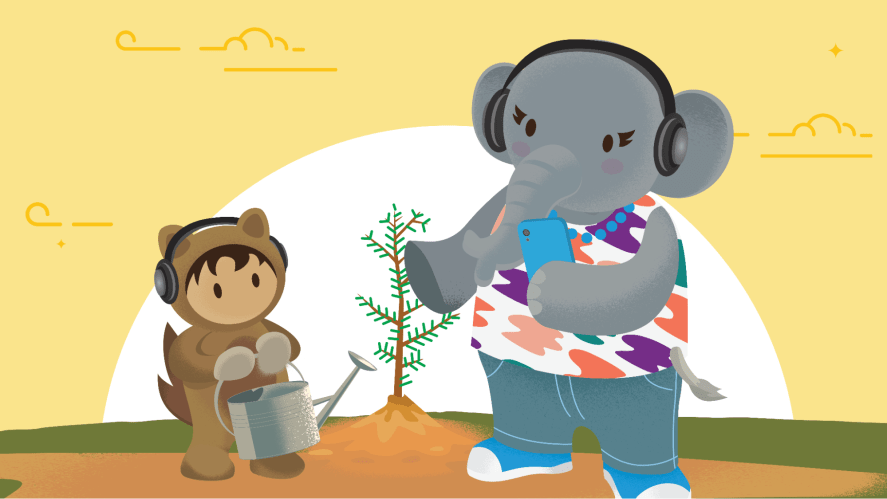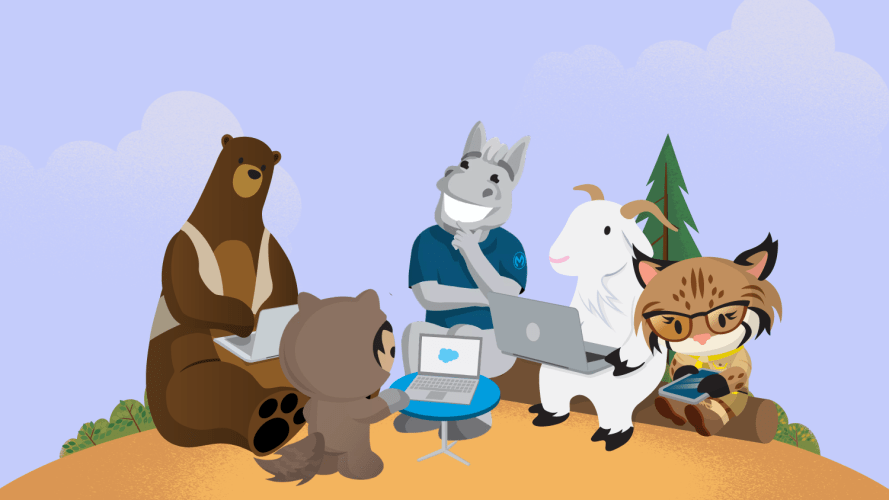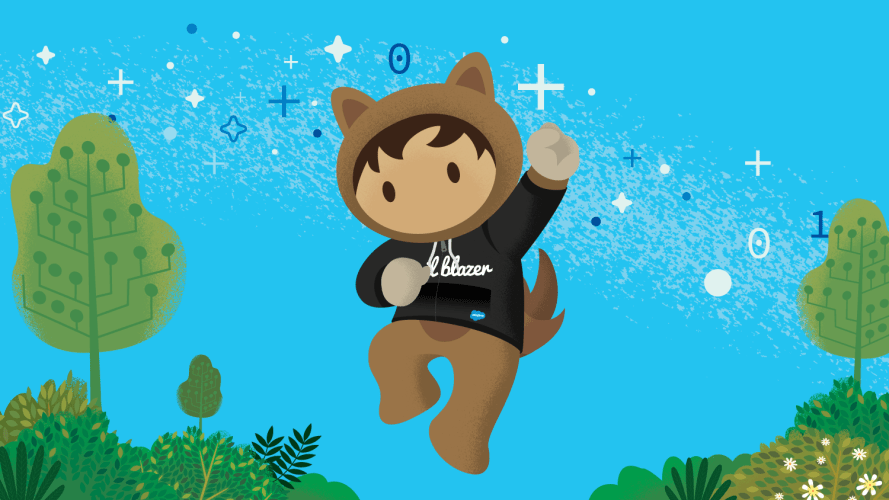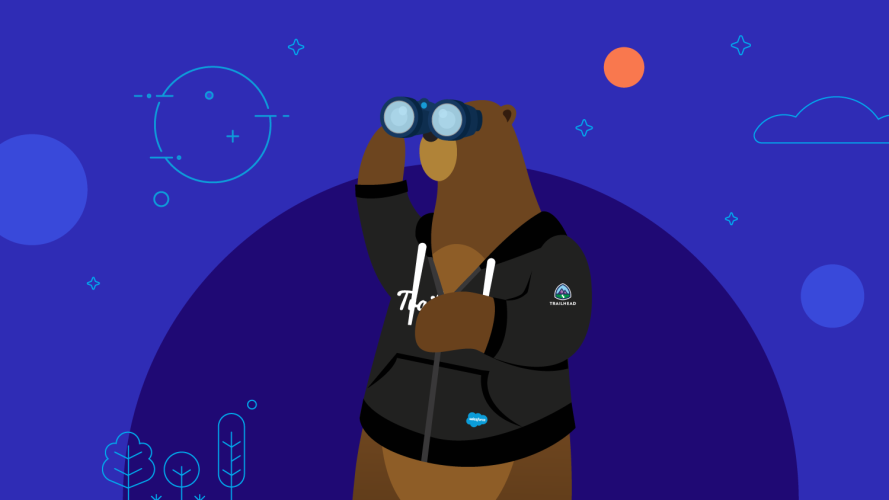3 Ways To Build a Workplace That’s Accessible to All



Disability Employment Awareness Month is the perfect time to take stock of how you’re supporting and empowering current and prospective employees with disabilities.
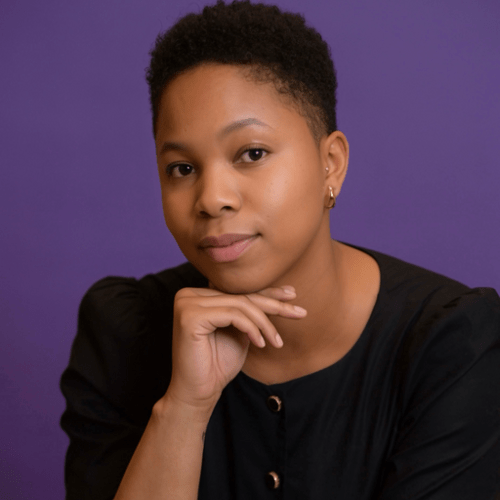
Jameelah Nasheed
So much of our autonomy depends on our employment status and opportunities. But people with disabilities are not only less likely to be employed, their unemployment rate is about twice as high as the rate for people without disabilities. And these stats cut across all age groups.
With Disability Employment Awareness Month (DEAM) upon us, it’s a good time to look at how businesses and allies can proactively support disability inclusion in the workplace — and help move the needle on those numbers. Read on for our tips.
Learn how to use data to inform your DEI work
Create a culture that embraces diversity, fosters innovation, and paves the way for long-term success.



1. Embed disability inclusion in the hiring process
The number of barriers that people with disabilities face while navigating the job market is part of why their employment levels are so low. Incorporating accessibility into the hiring process is a huge way to advance disability inclusion, and DEAM is a great time to start.
Not sure where to begin? “One of the greatest acts a leader can make is to admit you don’t know,” said Caroline Casey, founder of the Valuable 500, a global business partnership of 500 companies working together to end disability exclusion. Casey was at Salesforce’s London office earlier this year for the Trailblazing Women gender equality summit, where she discussed the need for disability inclusion.
“I’ve had executives say to me, ‘I’m really proud of some of the work I’ve done, but I don’t know how to do disability inclusion. Will you help me?’” said Casey. There’s no one-size-fits-all solution for creating a more accessible, diverse, and inclusive workplace, but leaning on partners that have already done the research and have identified proven strategies can help you get started. Here are four strategies to follow.
Create accessible job postings
Make sure job descriptions are written in plain language, free from jargon, and provide clear information about the role and its requirements. While using clear and concise language helps all applicants and employers, it’s especially helpful for neurodivergent applicants because it makes job postings less challenging to navigate. All online job postings should also be compatible with screen readers and other assistive technologies so candidates with visual impairments can easily apply for positions.
Conduct inclusive interview processes
Offer flexible interview formats, such as video or phone interviews, to ensure accessibility. Interviewers should also receive training on inclusive interviewing techniques so they can create a welcoming and comfortable environment for all candidates.
Educate hiring teams
Educate your hiring teams about the benefits of diverse hiring. Training should cover the different types of disabilities, the importance of reasonable accommodations, and the legal requirements under the Americans with Disabilities Act or similar legislation in other countries. Hiring teams with this knowledge can help foster an inclusive mindset and reduce biases that may inadvertently exclude candidates with disabilities.
Provide tools and resources
Give your hiring teams the right tools and resources to accommodate candidates with disabilities. This may include accessibility training, access to assistive technologies to use in interviews, and guidance on how to make the workplace more accessible for new hires. You can also give teams access to platforms like Salesforce partner Inclusively, which helps candidates with disabilities, mental health conditions, and chronic illnesses connect with jobs and inclusive employers. Investing in these resources not only benefits candidates with disabilities but also enhances the overall inclusivity of your company.
2. Support employees with disabilities throughout their careers
It’s not just about hiring more people with diverse backgrounds. To create a lasting positive impact, be sure to support employees with disabilities throughout their career journeys — and beyond DEAM.
For example, you can offer mentorship, training, and accessible skill-building opportunities that align with the career aspirations of all employees. By implementing career development programs that provide equal opportunities for employees with disabilities, you can foster more inclusive work environments, increase retention, and empower employees with disabilities — ensuring them that their career paths are as limitless as their potential.
Creating space for employees through employee resource groups (ERGs) is also valuable. “Employee resource groups are extremely important because it’s where people see each other and gather together,” said Casey.
ERGs can help people, especially those in underrepresented communities, feel more included in the workplace. For example, Salesforce’s Abilityforce is a group for employees with visible and invisible disabilities, and their allies.
“My big warning about employee resource groups is to not operate in silos,” Casey added. “Get together and talk to each other and see the interconnection of them all.”
Interested in starting an ERG at your company? Start by seeking input from employees, then provide executive leadership support and allocate resources.
3. Include employees with disabilities in your business strategies — right from the start
Diversity drives innovation. But employees with disabilities are an untapped resource. “About 1.3 billion people live today with a disability, and 80% of those disabilities develop between age 18 and 64,” said Casey. “We build security into our products. Why are we not building accessibility? What is the point of building products if you’re leaving 20% of the population out?”

Businesses that include employees with diverse abilities in their strategies encourage the sharing of fresh perspectives and problem-solving approaches that can benefit the entire organization. “Talk to your employees with disabilities and the disability community when you’re designing products and services right from the beginning, so it becomes natural,” said Casey.
In addition, people with disabilities constitute a significant market segment. By prioritizing disability inclusion in the workplace, companies can better understand the needs and preferences of this customer base as well. When you hire and empower people with disabilities, you’re better equipped to develop products and services that cater to them, which not only expands market reach but also enhances customer loyalty.
Be accountable throughout DEAM and beyond
Now that you’ve got an outline for supporting disability inclusion in your hiring, career development, and business strategy practices, it’s time to take action. “Accountability is real,” said Casey. “Hold yourself to account for what you promise.”
At the Valuable 500, Casey practices what she preaches: “All 500 companies will work with us up until our Accountability Summit in Tokyo in 2025. That’s where leaders will report on their progress against our three synchronized collective actions: leadership, reporting, and representation.”
Your company’s efforts are just as valuable — and necessary. And DEAM is the perfect moment to take stock of how you’re supporting and empowering current and prospective employees with disabilities. Now’s the time to show your commitment to creating a more equitable society — starting within the workplace.
Commit to being an ally year-round
Allyship is not about reaching a finish line or winning a medal — it’s an ongoing journey.














